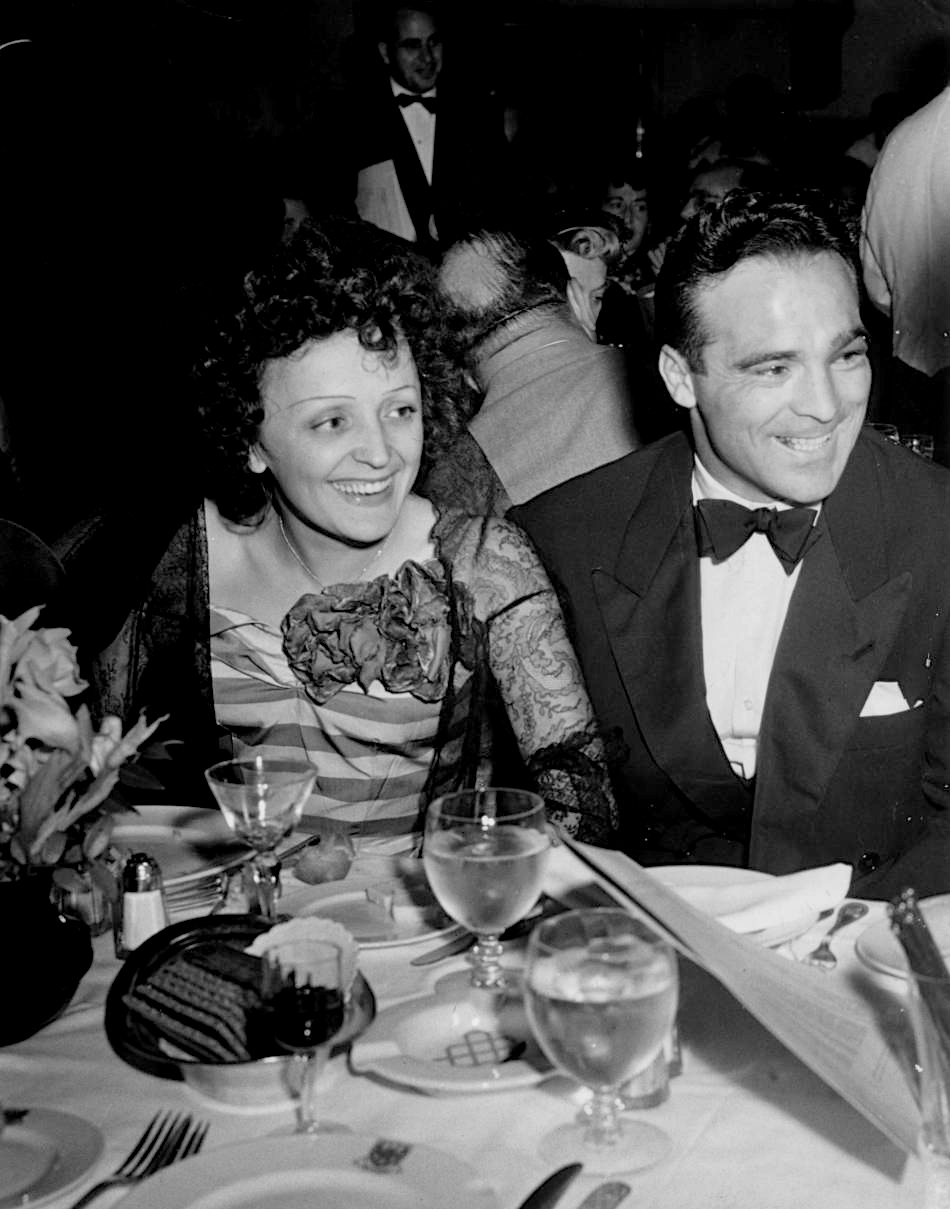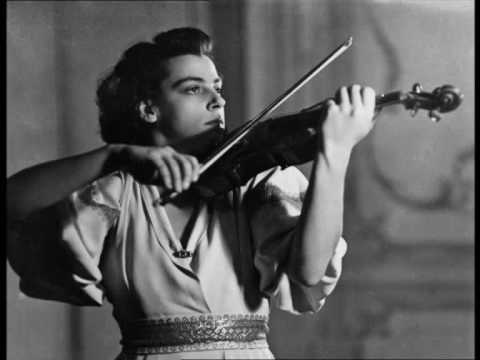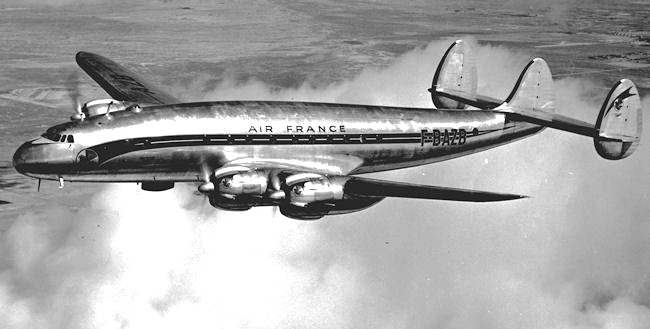Note: This novel was WINNER of the Grand Prix du roman de L’Academie Francaise in 2014.
 “On October 27, 1949, at Orly, Air France’s F-BAZN is waiting to receive thirty-seven passengers departing for the United States…[including] Marcel Cerdan… former middleweight boxing champion… and the violin virtuoso Ginette Neveu…. The tabloid France-soir organizes an impromptu photo session in the departure lounge. In the first snapshot, Jean Neveu, Ginette’s brother, [is] smiling at her, while Marcel holds her Stradivarius and Ginette grins across at him.”
“On October 27, 1949, at Orly, Air France’s F-BAZN is waiting to receive thirty-seven passengers departing for the United States…[including] Marcel Cerdan… former middleweight boxing champion… and the violin virtuoso Ginette Neveu…. The tabloid France-soir organizes an impromptu photo session in the departure lounge. In the first snapshot, Jean Neveu, Ginette’s brother, [is] smiling at her, while Marcel holds her Stradivarius and Ginette grins across at him.”
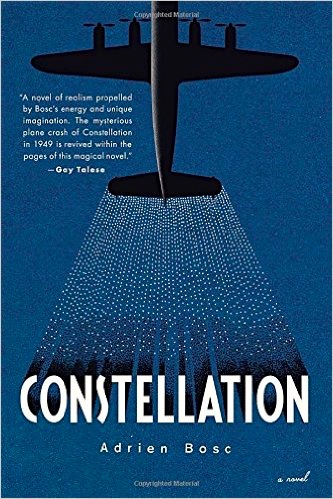 The plane takes off but never arrives in New York – nor does it arrive at the island of Santa Maria in the Azores, where the pilot had planned to refuel for the trip across the Atlantic. All thirty-eight passengers and eleven crew died when the plane crashed into a mountain top fifty-five miles from the airport at Santa Maria. French author Adrien Bosc wastes no time getting into the action of this book, which he calls a novel, though this “novel” is based on real life events and the historical record and feels more like a long piece of journalism or investigative reporting. There is almost no dialogue, something which even “fictionalized biographies” include, and the author interjects himself into the book and speaks directly to the reader, at times, when he is puzzled about the facts as he is uncovering them. Parts of the book feel like a quest story – in this case, the author’s quest for the complete truth about the crash and the fates of all the passengers. Certainly some of the “facts” here are extrapolations which the author himself makes from what he knows, and in that sense the book might qualify as a novel, but most readers will find themselves learning about the crash and its victims, rather than reliving it as one does in pure fiction.
The plane takes off but never arrives in New York – nor does it arrive at the island of Santa Maria in the Azores, where the pilot had planned to refuel for the trip across the Atlantic. All thirty-eight passengers and eleven crew died when the plane crashed into a mountain top fifty-five miles from the airport at Santa Maria. French author Adrien Bosc wastes no time getting into the action of this book, which he calls a novel, though this “novel” is based on real life events and the historical record and feels more like a long piece of journalism or investigative reporting. There is almost no dialogue, something which even “fictionalized biographies” include, and the author interjects himself into the book and speaks directly to the reader, at times, when he is puzzled about the facts as he is uncovering them. Parts of the book feel like a quest story – in this case, the author’s quest for the complete truth about the crash and the fates of all the passengers. Certainly some of the “facts” here are extrapolations which the author himself makes from what he knows, and in that sense the book might qualify as a novel, but most readers will find themselves learning about the crash and its victims, rather than reliving it as one does in pure fiction.
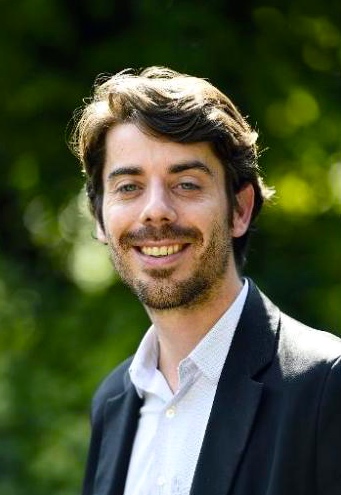 Two characters are the linchpins of the book: a thirty-three-year-old former world middleweight champion from Algeria and Morocco named Marcel Cerdan, who lost his crown to Jake Lamotta and is on his way to New York to sign a contract for a rematch; and Ginette Neveu, a thirty-year-old concert violinist who at age sixteen won the Henryk Wieniawski Violin Competition in Poland in which David Oistrakh came in second. She is on her way to the United States for a concert tour. Cerdan had not planned to take this flight, and three passengers were bumped from the flight so that he could have their seats for himself and two assistants, their lives saved by accident. It was Cerdan’s lover of one year, famed singer Edith Piaf, “The Little Sparrow,” on tour in New York at the time, who persuaded him to come to New York by plane instead of ship so that they could have a four day rendezvous before he had to deal with his upcoming fight. Marcel Cerdan and Ginette Neveu appear and reappear throughout, providing a kind of continuity even as other characters have their own turns in the spotlight.
Two characters are the linchpins of the book: a thirty-three-year-old former world middleweight champion from Algeria and Morocco named Marcel Cerdan, who lost his crown to Jake Lamotta and is on his way to New York to sign a contract for a rematch; and Ginette Neveu, a thirty-year-old concert violinist who at age sixteen won the Henryk Wieniawski Violin Competition in Poland in which David Oistrakh came in second. She is on her way to the United States for a concert tour. Cerdan had not planned to take this flight, and three passengers were bumped from the flight so that he could have their seats for himself and two assistants, their lives saved by accident. It was Cerdan’s lover of one year, famed singer Edith Piaf, “The Little Sparrow,” on tour in New York at the time, who persuaded him to come to New York by plane instead of ship so that they could have a four day rendezvous before he had to deal with his upcoming fight. Marcel Cerdan and Ginette Neveu appear and reappear throughout, providing a kind of continuity even as other characters have their own turns in the spotlight.
With thirty-eight passengers and eleven crew, Bosc is at no loss for biographical subject matter. The pilot of the plane had participated in World War II, fighting for both the British and the Americans, and he had been part of “history in the making…an extra in the great theater of operations organized by Churchill and Roosevelt at the Casablanca Conference.” A short section about Howard Hughes, leads into a section about the stewardess and two stewards, then into a description of a painter who was “portraitist to the millionaires, the leading painter of café society.” A reconstruction of the final moments in the cockpit leads into the story of five young Basque shepherds, part of the “Basque diaspora,” come to the US looking for land. A mother and daughter on their way back to Havana introduce the subject of Lucky Luciano and Meyer Lansky and their crime organization there. These passengers sit almost side by side with Kay Kamen, the wealthy investor who saved Walt Disney and his brother and their business and ended up with the merchandising rights for Disney products, such as the Mickey Mouse watch (five million sold) and other products. Dozens of passengers from different countries leading dozens of different lives all find themselves in one plane with one outcome, and each of these vignettes contributes to the author’s study of the vagaries of fate and its inevitability.
Details of the aftermath of the crash add to the drama, and wherever possible the author stresses coincidences, both real and imagined. Ultimately, Air France decides that a re-enactment of the trip in a similar plane might help to explain some of the mysteries of the crash, a decision which eventually parallels the author’s own decision to go to the Azores and find the crash site almost seventy years later. At the time of the crash, local looters found the site first, and Air France’s safety experts later must find every possible piece of evidence so that they can reconstruct what happened. Bodies are shipped back home to France, when they can be found and identified, funerals and burials are held, and in at least one case, bodies get mixed up and have to be exhumed and re-identified. Some questions regarding identity are never answered, and some bodies are never found.
Late in the novel, the author seems to be straining for universal lessons where they may not exist. At one point he discusses Pierre Schaeffer’s Studies of Noise, which was broadcast on French television three weeks before the crash. Schaeffer worked with Pierre Henry and founded the Group for Concrete Music Research. Bosc notes that two parts of that work are entitled “Prosopopoeia,” and that their research has focused on arranging noises and composing with concrete elements that, laid end to end, would form a continuous sound, music. Bosc then asks a question that one might also ask of other parts of this work: “What relation does this have to the story of the airplane downed in the Azores and the re-creation of its flight by Air France’s investigative unit?” [Bosc] answers frankly, “Not much, really, except a certain kinship and, looking back and noting strange correspondences, the synchronicity of certain dates.” Talk of “aeronautical music” and “sonar signals” follows this section as the author wonders why the flight deviated north in the archipelago. Other accidents, references to the end of the world, and to the author’s own confused birth certificate add to the novel’s questions, which are ultimately explained as “a matter of constellations.” Perhaps the constellations can explain why, by the conclusion, I felt utterly lost with this book, which started out as a structured and finely detailed story of a plane crash and its victims, and ended up being a little bit of everything.
Photos, in order: Jean Neveu, brother of Ginette, smiles at her as she shows her Stradivarius to famed prizefighter (and lover of Edith Piaf) in the departure lounge before they leave Orly for New York.
The author’s photo appears on http://www.femmemag.re
Piaf and Cerdan at a nightclub. By the time the plane crashed, they had been lovers for well over a year. He was the first person she’d ever totally loved, she said, and she was devastated by his loss. http://perthfrenchtutor.com
Cerdan greets the crew and enters the Constellation. http://www.crash-aerien.news
Ginette Neveu plays her Stradivarius. For a sample of her music, click the photo. https://www.youtube.com/
The Constellation F-BAZB, a Howard Hughes plane which is the subject of this novel. https://www.pinterest.com/
ARC: Other Press
